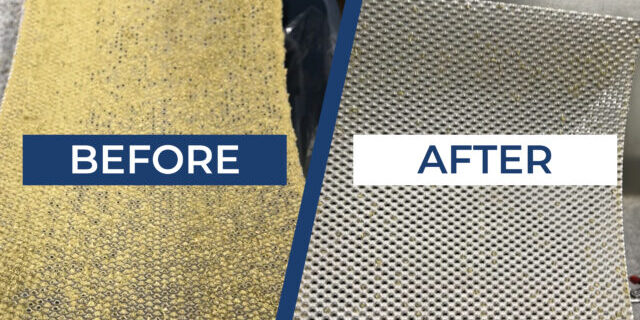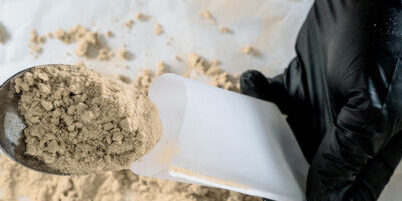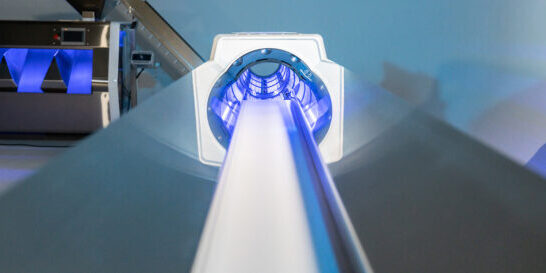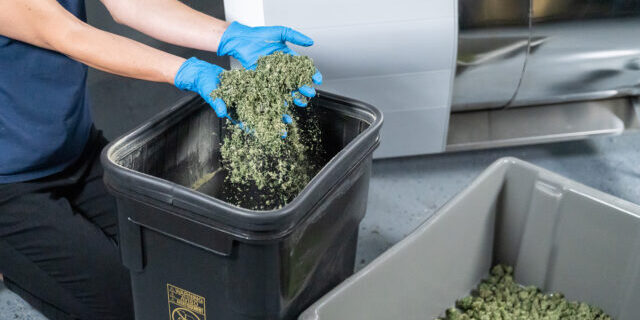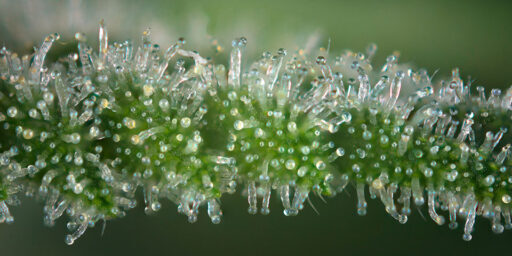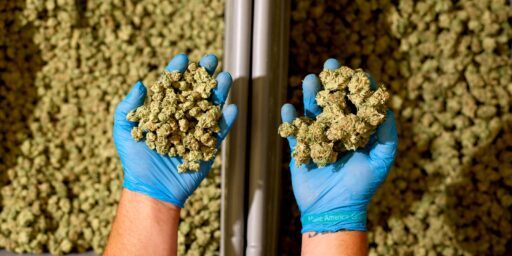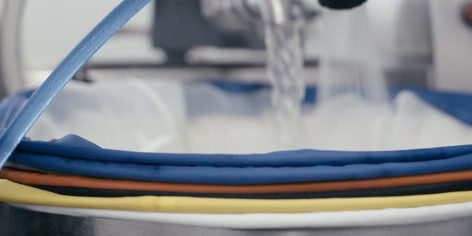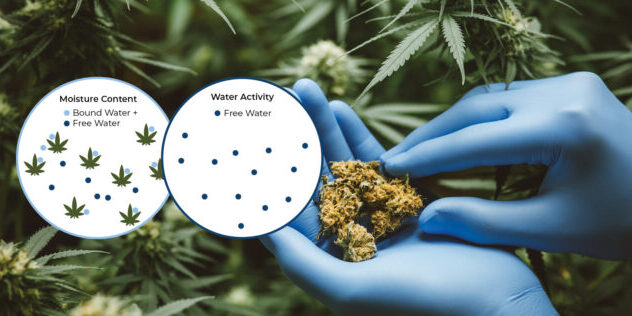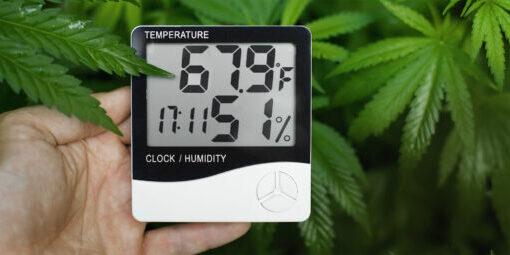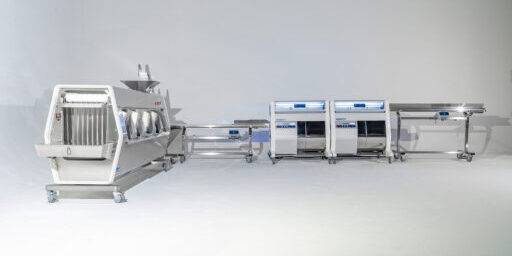Commercial Cannabis: What is a Bucker? Tips for Optimizing the Bucking Process
When the time comes to harvest a cannabis plant, the first thing many business owners think about is trimming. However, bucking—an often overlooked yet crucial stage in the post-harvest process—plays a pivotal role in enhancing product quality and operational efficiency. Arguably matching or even surpassing the importance of trimming, the bucking process sets the stage for effective trimming.
The bucking process involves stripping buds from stems before trimming, helping to boost the efficiency of your workplace and increase production capacity. Today, we’re going to define what a cannabis bucker does, why it’s essential to your operation, and explore the factors you’ll need to consider when choosing a high-performance machine.
What is a Bucker? Defining the Bucking Machine
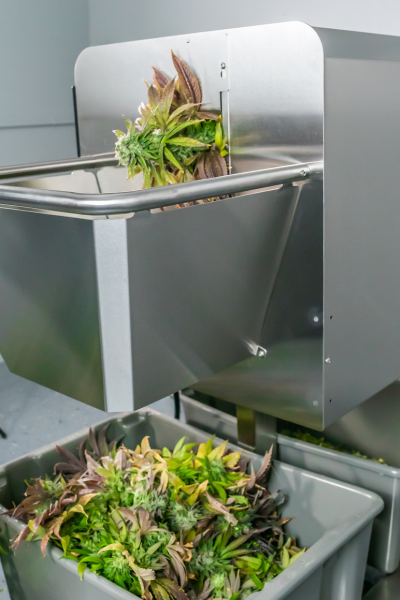
A bucker, or bucking machine, is a device used to remove fan leaves and flowers from the stems of a cannabis plant.
All cannabis buckers are designed to deliver similar functionality, though different models may look unique on the surface. Buckers typically feature a die plate facing that includes holes of various sizes to accommodate stems of different thicknesses. The plant stems are inserted and pulled through the machine, effectively separating the buds from the plant.
Many buckers are single-motor driven and have forward and reverse switches. This ensures you can automate the bucking process but also retrieve plants that get stuck in the system. Additionally, a bucking system can help to produce a higher-quality product. Machines standardize the bucking process, reducing the risk of damage to the buds and trichomes, and allowing you to deliver a more potent product.
6 Tips for Choosing the Right Cannabis Bucker
Choosing the correct bucking machine and tools for your harvest is crucial to the success of your operation. The wrong bucker can stall the harvesting process and cause damage to the cannabis plant, wasting your business time and money.
Alternatively, the right bucker will enhance the efficiency of your operations, reduce labor costs, and contribute to a higher-quality, more consistent product. A critical factor many cultivators overlook is how much bucking volume needs to exceed trim volume. Correctly aligning these volumes will keep operations moving smoothly without unnecessary idling time for equipment and employees.
To optimize your harvesting process with the right bucker, consider these six tips:
1. Pick an Automated Bucking Machine
Manual bucking is still common in the cannabis industry. Unfortunately, destemming cannabis by hand is time-consuming and requires a heavy investment in labor. Managing the bucking process by hand generally produces between 30 and 50 lbs. of wet material per hour.
Not only is the process slow, but it leads to numerous hurdles for employees to overcome. Cannabis stalks can quickly pile up, taking up crucial space in your work environment and needing additional resources for waste disposal. What’s more, every time a flower is handled, you risk reducing the potency of your bud.
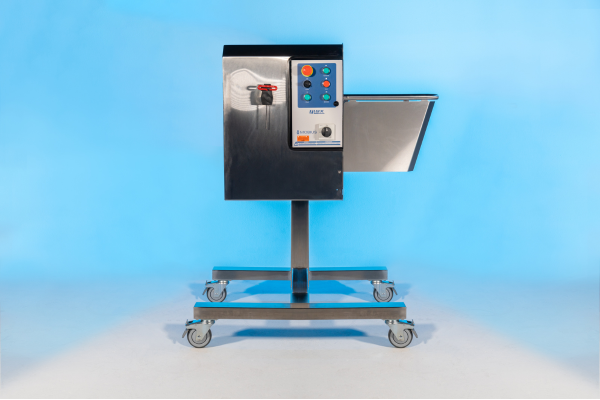
An automated cannabis bucking machine simplifies and accelerates the harvesting process. Operators simply need to pick the hole in the plate that best matches the stem diameter and insert the stem. The machine will then pull the plant through the system carefully. The buds separate from the stems and are stored in a catch tote, which can be carried straight to the trimmer. A high-grade commercial bucking machine will have a system for collecting the leftover stalks and stems for mess-free and convenient disposal.
2. Look for Customizable Controls
A bucking machine can make the harvesting process much more efficient, but not all devices are created equally. If you need a high level of control over the bucking process, it’s essential to find a machine that allows you to customize the process.
Some solutions include variable speeds, which allow users to pull stalks faster or slower for wet or dry material, reducing the risk of damage to more delicate plants. Others come with variable die plates with holes of different sizes and shapes, which also help with wet versus dry bucking, and more effectively accommodate specific strains and stalk sizes. For instance, some operators prefer using a die plate with star-shaped holes, as the points may be able to grab onto the nodes and base of the cola more effectively.
It’s also critical that your bucking machine allows you to toggle between forward and reverse roller directions. This will enable jams to be cleared quickly and safely, minimizing the risk of downtime and lost productivity.
3. Consider Bucking Location Space and Efficiency
When choosing the right cannabis bucking machine for your harvesting process, it’s important to consider where you’ll be using it. Some cultivators prefer to buck in the open air, particularly if they grow their plants outdoors. If you want to avoid having to transport plants into a facility for the bucking process, it’s crucial to choose a bucking machine that supports outdoor use.
A cannabis bucker suited for outdoor performance may feature sturdy and robust wheels to ensure you can transport the machine over muddy and uneven surfaces. Heavy-duty castors are also ideal for indoor applications, as they ensure you can position the machine whenever you need it and move it easily when you need to clean it.
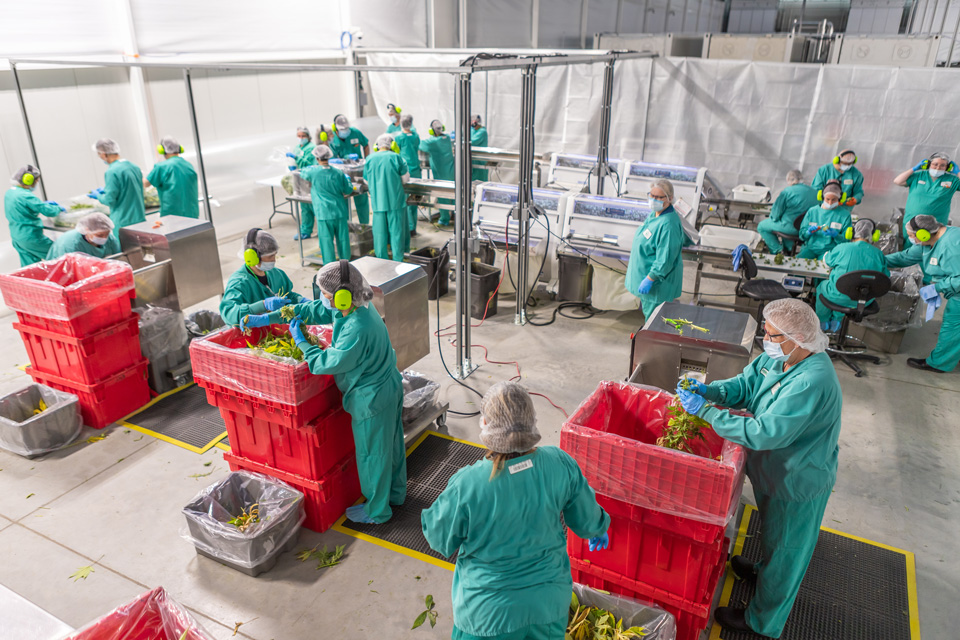
When bucking indoors, it’s essential to consider the size of the machine and the space available in your processing room. A compact and efficiently designed bucker can make a significant difference in streamlining your workflow. Ensure that the machine you select fits comfortably within your space, allowing for ease of movement and accessibility. Additionally, consider how the machine’s size impacts the overall processing efficiency and its integration with other equipment. Selecting a bucker that complements your space not only enhances productivity but also ensures a more organized and safer working environment.
4. Consider Cleaning and GMP Requirements
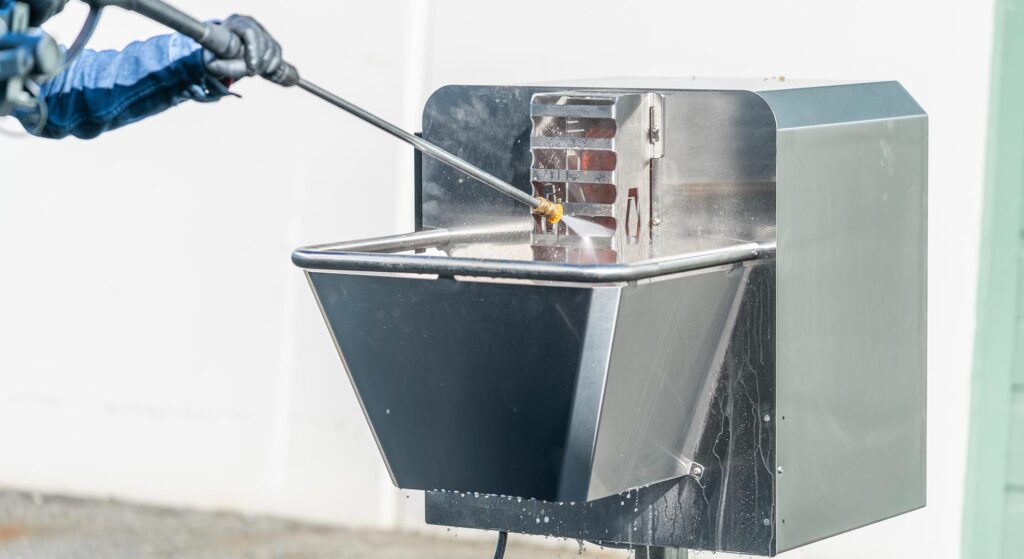
Indoors or outdoors, cannabis processing equipment can quickly be contaminated by resin and dirt. It’s necessary to clean your machinery between batches to minimize the risk of cross-contamination and non-compliance with regulatory standards.
When selecting your bucker, think about how easily the system will integrate into a GMP-compliant workflow. The right machine should be made with food-grade materials (such as stainless steel) and should allow for quick disassembly when you need to clean the components.
To maintain efficiency, you should be able to disassemble the machine with as few tools as possible. Remember, cleaning is often a two-part job, starting with removing plant residue before disinfecting surfaces. Additionally, for an efficient workflow, consider the ease of accessing a water source for power washing the machine parts during the cleaning process.
5. Address Stalk and Stem Management
When you use a bucking machine to remove the buds, the stems left over from the process will quickly begin to pile up. If you want to avoid stopping your harvesting process regularly to manage the green waste, it’s worth looking for a bucker with an integrated stem chipper.
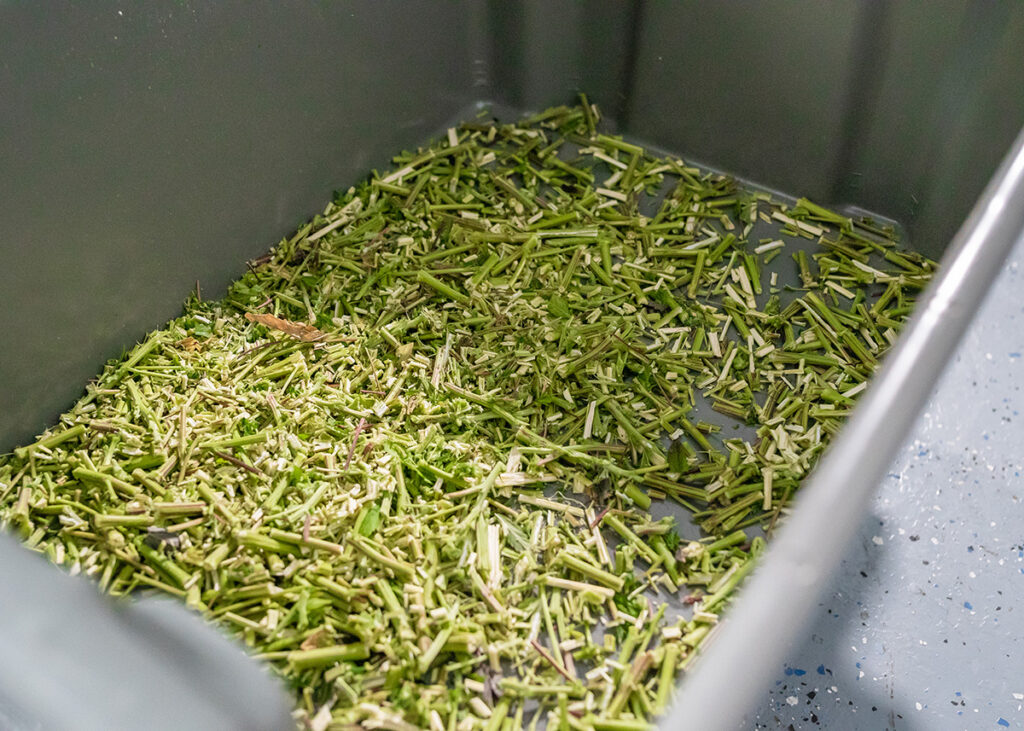
The use of the Mobius MBX bucking machine significantly enhances the process of managing and disposing of stalks and stems. Engineered for speed and efficiency, the MBX is the only machine on the market that incorporates an integrated chipper. This unique feature cuts the stems into pieces as it bucks, significantly reducing the volume of green waste. This means you can automatically and quickly dispose of stems, freeing up extra space in the processing room and reducing how often your collection tote needs to be emptied. In fact, a single bag of chipped stems from the MBX is equivalent to 20-25 bags of unchipped materials.
Furthermore, the high-performance Mobius MBX bucking machine can help process the stems to established government standards for waste disposal, reducing the additional processing required.
6. Look at Opportunities for Further Automation
The more processes you can successfully automate in your cannabis business—without compromising on plant quality and compliance standards—the more efficient your company will be. Automation is a valuable way to scale your business while reducing production times and operational costs.
An automated cannabis bucking machine can help you streamline everything from disposing of stems to catching collected buds in a tote for trimming. While a bucking machine does not directly connect to an automated conveyor, it facilitates the efficient collection of buds. From there, the buds can be conveniently moved onto a conveyor system that feeds into the trimmer. This step ensures a consistent and ready volume of bucked flower for trimming, enhancing the overall automation process.

With an integrated bucking machine, conveyor belt, and trimmer, you can streamline your harvest processing for enhanced efficiency and reduce labor and handling demands.
The Mobius MBX Bucker: The Powerful Solution
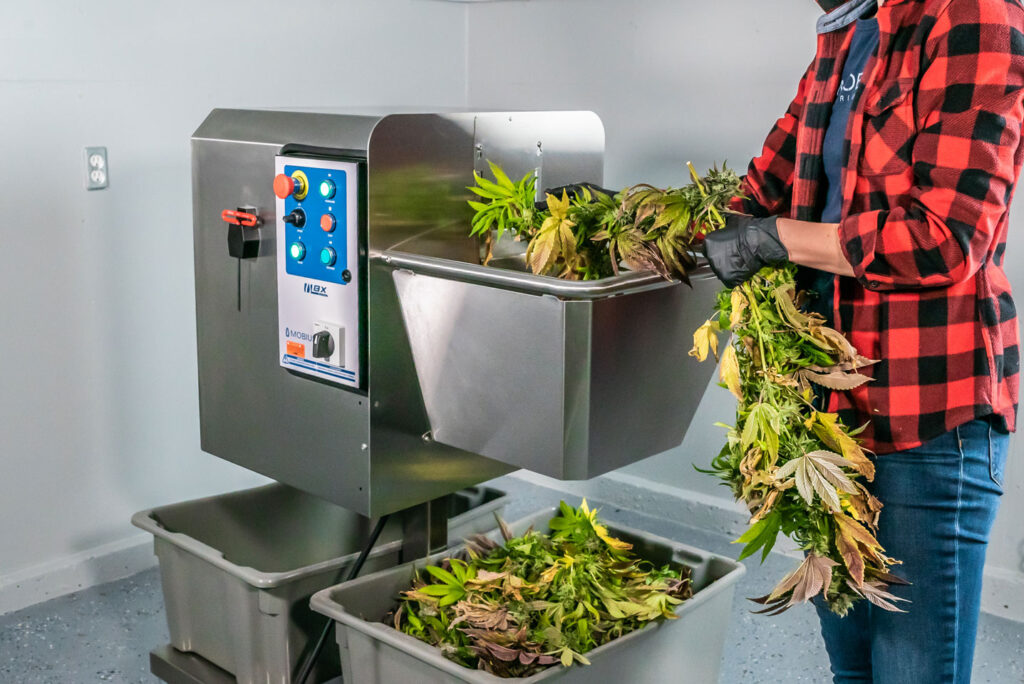
Just as new generations of cannabis trimming machines are paving the way for better efficiency and process optimization in the cannabis industry, next-level buckers are delivering similar results. The Mobius MBX Bucker, for instance, is one of the most powerful solutions on the market for companies looking to streamline their harvest process.
Moreover, the Mobius MBX bucker has a smaller footprint than other machines. Still, it comfortably accommodates two operators working side-by-side to feed the seven-hole die plate. Its stainless-steel GMP-ready design is ergonomic and fully guarded for safe operation.
Key features of the Mobius MBX bucker include:
- Up to 150 lbs per hour bucking power (1,250 lbs per shift)
- Variable pulling speed for wet and dry processing
- GMP-compliant 304 stainless steel construction
- Integrated stem chipper for simplified waste disposal
- Easy to disassemble and clean
- Ergonomic, safety-first design for rapid operation
- Indoor and outdoor wheels for all harvesting applications
Used correctly, this bucker can replace the work of up to 7 hand buckers. It allows you to reduce waste, slash costs, and improve efficiency, without compromising product quality.
Choosing your Cannabis Bucker
Choosing the right bucking machine for your harvesting process is crucial to the success and performance of your business.
Currently, the cannabis industry is expected to grow to a value of $444.43 billion by 2030, and many cultivators are scaling their processes to take advantage of this market.
If you’re harvesting and processing hundreds of plants, a mechanical cannabis bucking machine offers a far more efficient alternative to manual processing. With the right machine, you can prepare your harvest for trimming much faster, while reducing the amount of time and labor you need to invest in. Discover a simpler, more cost-effective, and efficient way to manage the bucking process with the Mobius MBX Bucker today.
